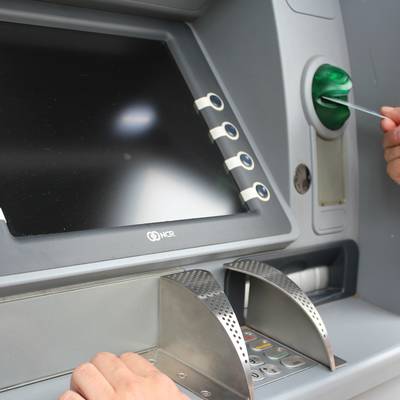
How do I use ATMs in Italy?
How do I use ATMs in Italy?
Italy is a popular destination for travelers due to its rich history, exquisite cuisine, and stunning landscapes. When planning a trip to Italy, it is important to have some knowledge about the country's banking system and how to use ATMs.
ATMs, or Automatic Teller Machines, are widely available throughout Italy. They are commonly referred to as "bancomat" in the local language. ATMs in Italy accept most major international debit and credit cards, including Visa, Mastercard, and Maestro.
Using an ATM in Italy is relatively straightforward. Here are some tips to help you navigate the process:
1. Finding an ATM
ATMs can be found in various locations in Italy, including banks, shopping centers, airports, train stations, and popular tourist areas. Look for signs that say "Bancomat" or display logos of the major card networks.
2. Choosing the Right ATM
It is advisable to use ATMs that are affiliated with major banks, such as UniCredit, Intesa Sanpaolo, or Banca Nazionale del Lavoro, as they typically offer better exchange rates and lower fees compared to independent ATMs.
3. Language Selection
When you approach an ATM, you will be presented with language options. Select the language you are most comfortable with. Most ATMs offer English as one of the language choices.
4. Transaction Options
After selecting the language, you will be prompted to choose the type of transaction you wish to perform. Options usually include "Withdrawal," "Balance Inquiry," and "Deposit." For cash withdrawals, select the appropriate option.
5. Pin Entry
The next step is to enter your PIN (Personal Identification Number). The keypad is usually displayed on the screen, and it is important to shield the keypad with your hand to ensure privacy.
6. Withdrawal Amount
Once your PIN is entered, you will be asked to enter the amount of money you want to withdraw. It is advisable to withdraw larger amounts to minimize transaction fees. However, be cautious about carrying large sums of cash.
7. Currency Conversion
You may be given the option to have the transaction processed in your home currency instead of the local currency. This is known as Dynamic Currency Conversion (DCC). It is generally recommended to choose the local currency, as DCC often incurs additional charges.
8. Transaction Fees
Keep in mind that using ATMs in Italy may have associated fees, both from your home bank and the local bank. Check with your bank prior to your trip to understand any fees that may be applicable.
By following these tips, you can easily navigate the process of using ATMs in Italy and ensure a smooth financial transaction during your travels. So, go ahead and enjoy all that Italy has to offer knowing that accessing your funds will be convenient and hassle-free.





